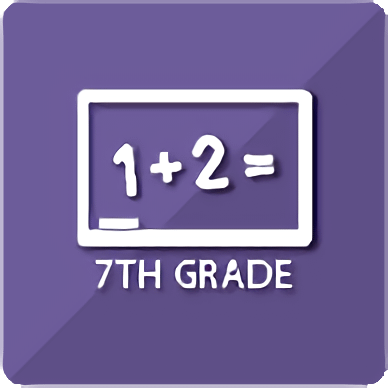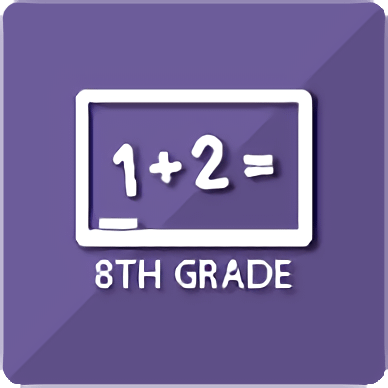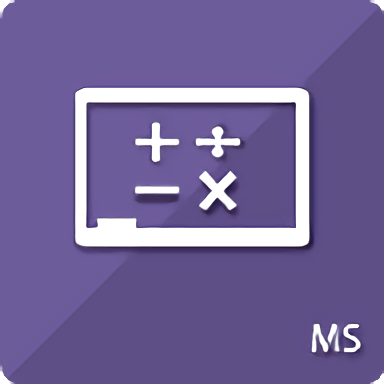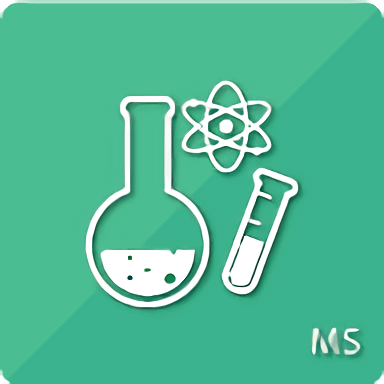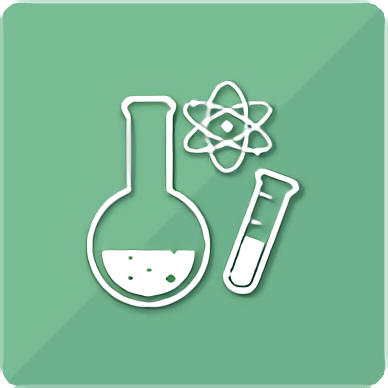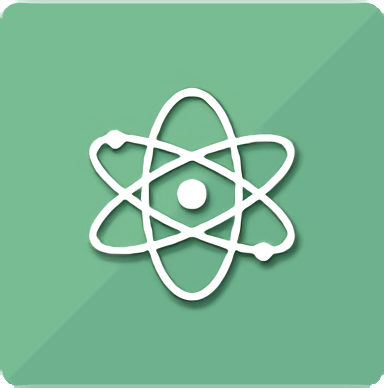Mathematics 7th Grade (1st semester)
$250.00Course Description
Mathematics 7th Grade teaches skills essential to adult life and lays the groundwork for future mathematics courses. Students learn to apply their work with rational numbers and integers to everyday situations. Students convert words to expressions and vice versa, using equations and inequalities as problem-solving tools. They compute tax, percentage of error, commission, and interest by using rates, ratios, and proportions; graph ordered pairs; and graph and write linear equations. Their work with simple figures – triangles, angles, circles, quadrilaterals, and polygons – focuses on finding areas and perimeters. Students then move on to scale drawings and composite figures composed of simple figures, and compute the volumes and surface areas of solids, including prisms, cylinders, pyramids, cones, and spheres. Students collect data and use graphs, charts, and diagrams to read, interpret, and display the data. They also learn how graphs can be misleading. Students apply the study of sampling and populations to applications involving probability, likely and unlikely outcomes, permutations, combinations, and compound events. Students then represent these concepts by using Venn diagrams and charts, tools they will encounter in other courses.
Course Breakdown
Integers
Fractions
Rational numbers
Operations with rational numbers
Properties of addition
Properties of multiplication
Order of operations
Squares and square roots
Algebraic powers and exponents
Rules of exponents
Rewriting and simplifying algebraic expressions Solving one-step equations
Solving two-step equations
Solving inequalities by using addition, subtraction, multiplication, and division
Graphing linear inequalities
Ratios, rates, and proportions
Percentage change
Percentage error
Sales tax and commission
Simple interest
Relations and functions
Graphing ordered pairs
Graphing linear equations
Slope
Slope-intercept form
Writing linear equations
Course Goals
Convert between percentages, decimals, and fractions.
Simplify expressions involving fractions.
Utilize the laws of exponents to simplify algebraic expressions.
Identify and combine like terms in an expression. Translate statements into algebraic expressions.
Solve various types of one-variable equations.
Construct and solve inequalities to represent real-world problems.
Identify the slopes and y-intercepts of equations in order to graph them.


